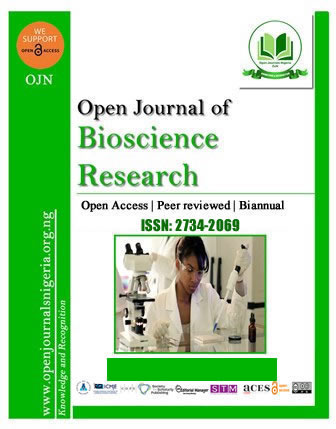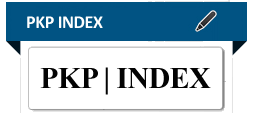FORMULATION AND NUTRITIONAL EVALUATION OF HIGH PROTEIN DIET PRODUCED FROM YELLOW MAIZE (Zea mays) SOYA BEAN (GLYCINE MAX), PUMPKIN (Cucurbita pepo) SEED AND FISH (Alestes nurse) MEAL
DOI:
https://doi.org/10.52417/ojbr.v2i2.286Keywords:
therapeutic, high protein diet, pumpkin seed and yellow maizeAbstract
The aim of this study was to produce high protein diet for growing children from yellow maize, soya bean, pumpkin seed and fish meal. The raw materials were subjected to different processing techniques. The yellow maize (YM) was blended with different proportions of soya bean (SB), pumpkin seeds (PS) and fish meal (FM) with a view to formulating a high protein diet to address protein Energy Malnutrition. The formulated food Blends were; Blend 1 (70 % YM: 30 % SB), Blend 2 (70 % YM: 30 % PS), Blend 3 (70 % YM: 30 % FM), Blend 4 (70 % YM: 20 % SB :10 % PS), Blend 5 (70 % YM: 15 % SB: 15 % FM), Blend 6 (60 % YM: 20 % PS: 20 % FM), and a therapeutic milk (F-100) was used as a control diet. The raw materials and the food Blends were assayed for proximate, mineral, vitamin content and amino acid profile. The data obtained were analyzed statistically. The results of the proximate composition showed significant (p<0.05) decrease in moisture, protein, total fat and fibre contents of the fermented yellow maize, roasted soya bean and pumpkin seed while that of the dried fish showed significant (P<0.05) increase. The results shows that food Blend 6 had highest values for protein (17.77±0.09 %), total fat (6.00±0.27%) and total energy (388.10±0.29 Kcal/100g). A Significant (P<0.05) difference was observed in the mineral element content of yellow maize and fish meal after fermentation and drying respectively, while an increase was observed in roasted soya bean and pumpkin seed. The food Blend 5 recorded higher value for Na, and K, while the control diet had higher value for P, Zn, Fe and Cu. An increase in B-group vitamins, and vitamin C, were observed in the samples, while decreased in fat soluble vitamins A and E were observed in fermented yellow maize and dried fish, while decrease was observed in roasted soybean and pumpkin seed. The control diet had higher value for all the vitamins analyzed compared to the food Blends, except for vitamin A and E. The result of the amino acid profile showed that the levels of the essential amino acids were increased in the fermented yellow maize, and dried fish, while a reduction was observed in roasted soya bean and pumpkin seed. However, all the prepared food Blends were enhanced in terms of essential amino acid, but more enhanced in food Blend 6, followed very closely by food Blend 5. The amino acid profile of the control Blend was higher than those of the food Blends1, 2, 3 and 4. Thus, the high energy and protein contents of the formulated diets are adequate in the management of PEM.
Published
How to Cite
Issue
Section
Copyright (c) 2021 Chamba et al.,

This work is licensed under a Creative Commons Attribution 4.0 International License.





















